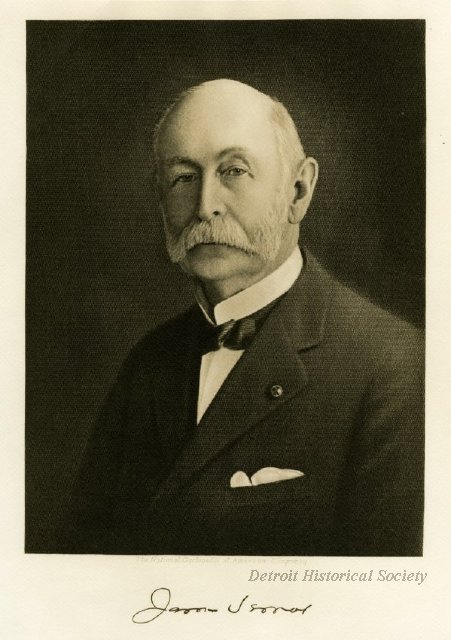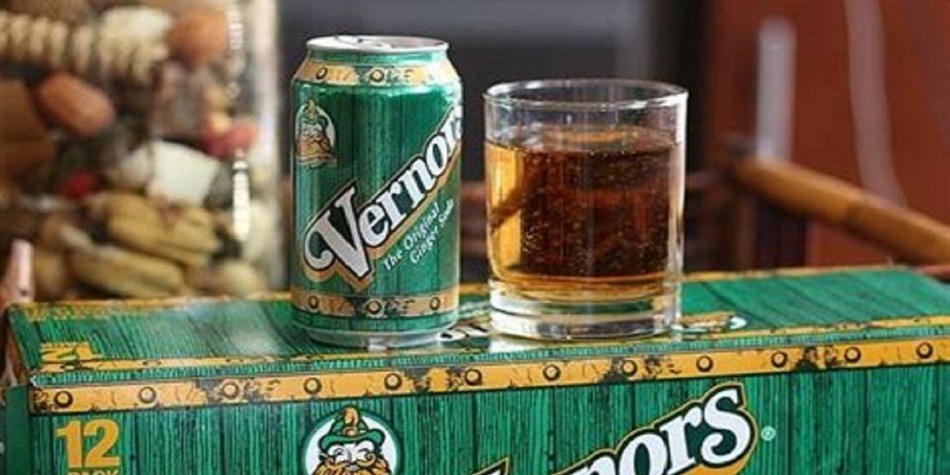Although Vernors is the oldest surviving ginger soda sold in the United States, there were a number of brands of ginger ale, ginger soda, and ginger beer sold in commerce prior to 1866.
.jpg)
Vernor opened a drugstore of his own in Detroit, Michigan, on Woodward Avenue, on the southwest corner of Clifford Street[6] and sold his ginger soda at its soda fountain. City by city, Vernor sold bottling franchises, with operators of those franchises required to adhere strictly to the recipe. In 1896, Vernor closed his drugstore and opened a soda fountain closer to the city center, on Woodward Avenue south of Jefferson Avenue, near the ferry docks on the Detroit River to concentrate on the ginger ale business alone. Initially, Vernors was only sold via soda fountain franchises.The early Vernors soda fountains featured ornate plaster, lighting and ironwork featuring a "V" design, examples of which still exist, such as at the Halo Burger restaurant in Flint, Michigan. Later, Vernors was bottled for home consumption.

.jpg)
James Vernor died October 29, 1927, and was succeeded by his son, James Vernor Jr. Expansion continued throughout Prohibition. Just prior to the onset of World War II, Vernors built a 230,000 sq ft (21,000 m2) bottling plant and headquarters, encompassing an entire city block on Woodward Avenue, one block from the Detroit River. In the late 1950s, when the City of Detroit proposed construction of Cobo Hall and other riverfront projects, a land-swap was negotiated, and Vernors moved its bottling plant and headquarters to the location of the old civic exhibition hall at 4501 Woodward Avenue, incorporating many of the popular features of the old plant. Tours of the Vernors plant old and new were major tourist attractions. In 1962, Vernors introduced Vernors 1-Calorie, now called Diet Vernors.
.jpg)
The brand was originally sold as Vernor's; the apostrophe was dropped in 1959.
According to wikipedia







![[HONORARY PROFESSOR OF RECORD FOR PRACTICE AND EMPIRICAL RESULTS – 2024] RECORD HOLDER CHU BAO QUE (BAC GIANG PROVINCE, VIETNAM)](https://uskings.us/wp-content/uploads/2024/05/IMG_0386-218x150.jpg)
